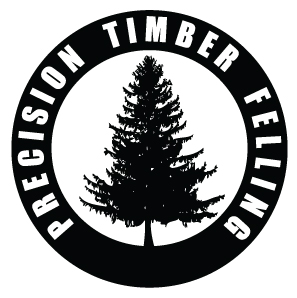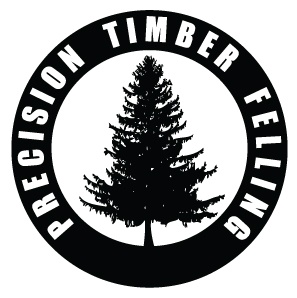Fruit Tree Pruning 101: When, Why, and How to Prune for Best Results
Are your fruit trees struggling to yield the bountiful harvest you desire? Without proper fruit tree pruning, your trees can become overcrowded. This leads to reduced air circulation and poor light penetration. Additionally, it increases their susceptibility to diseases. Neglecting this essential maintenance not only stunts growth but can also diminish the quality of your fruit. This leaves you frustrated with meager results.
The good news is that effective fruit tree pruning can transform your trees into robust producers. Learning the right techniques and timing is key. With these skills, you can boost fruit production and keep your trees healthy.
Ready to unlock the secrets of successful fruit tree pruning? Keep reading to discover expert tips that will elevate your gardening game!
What is Fruit Tree Pruning?
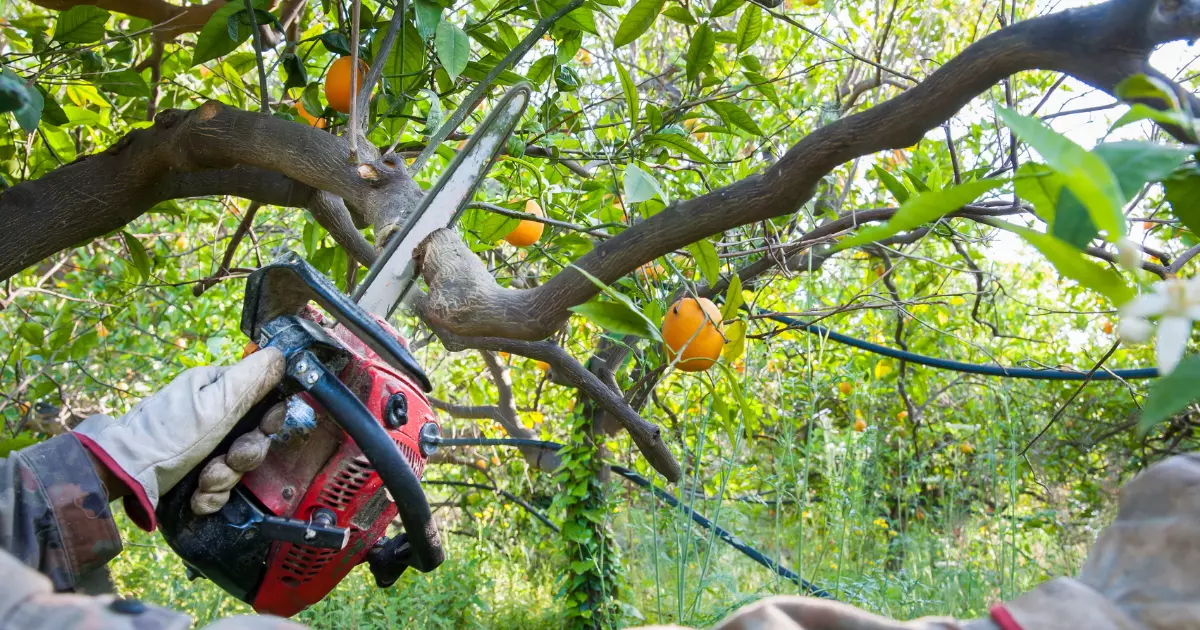
Fruit tree pruning involves removing specific branches, shoots, or roots to promote healthy growth. This practice also boosts fruit production. It’s an essential form of maintenance that shapes the tree, improves air circulation, and prevents disease. By eliminating dead or diseased wood, pruning helps keep trees healthy.
Pruning techniques vary based on the tree type and growth habits. Heading cuts, for example, shorten branches to encourage new growth. Thinning cuts remove entire branches, allowing more light and air to reach the tree’s interior.
Timing is important too. Pruning during the dormant season gives trees a chance to recover, leading to better fruiting in the next growing season. In the end, effective pruning supports both the longevity and productivity of fruit trees. It’s a key step toward a more plentiful harvest.
What are The Benefits of Fruit Tree Pruning?
Pruning fruit trees offers numerous benefits that significantly enhance their health and productivity. At its core, pruning involves selectively removing branches and foliage. This process promotes optimal growth and fruit production. Various techniques can be tailored to specific tree types, such as apples, pears, and peaches. By understanding these methods, gardeners can cultivate healthier trees and achieve higher yields.
Enhance Fruit Production
One of the most compelling benefits of fruit tree pruning is the enhancement of fruit production. Removing unproductive branches allows the tree to concentrate its energy on fruitful growth. This targeted approach directly impacts both the quantity and quality of the fruit. For example, apple and pear trees benefit notably from spur pruning.
Read also: Tree Pruning Magic: Boost Your Garden’s Health & Beauty
This technique encourages the development of fruiting wood, leading to larger and sweeter fruits. As a result, gardeners enjoy a more bountiful harvest. Timing is also essential. Pruning during the dormant season maximizes these benefits. It ensures that the tree has ample resources available for fruitful growth.
Improve Air Circulation
Effective pruning promotes better air circulation within the tree canopy. This airflow is essential for maintaining the tree’s health. Improved airflow reduces humidity levels around the leaves and fruit. This, in turn, mitigates the risk of fungal diseases. When trees are pruned correctly, they become less susceptible to issues like powdery mildew.
By creating an open structure that allows air to flow freely, gardeners can foster healthier growth. This regular pruning for air circulation helps ensure that each tree remains robust throughout its growth cycle.
Prevent Diseases
Regular pruning serves as a proactive measure against disease. Removing dead or diseased wood prevents infections from spreading within the tree. This is especially important in dense canopies. Overcrowding can create conditions that attract pests and diseases. Keeping the tree structure clean and open helps prevent these issues. It also allows gardeners to inspect and manage potential problems more effectively.
Read also: Boost Tree Health: Spot and Address Sick Trees
Regular pruning not only helps in disease prevention but also supports the long-term health of fruit trees. This practice ensures that trees remain productive and resilient over time.
Encourage Strong Shoots
Pruning promotes strong branch growth. This growth is essential for the tree’s health and fruit production. Removing weak or competing branches allows the tree to redirect energy. It can then focus on developing healthy branches and robust shoots. Strong shoots are crucial. They support the fruit’s weight and help stabilize the tree.
Timing is also key. Pruning at the optimal time helps the tree recover quickly. It allows for continued healthy growth. Well-timed pruning enhances branch growth. This practice also improves the tree’s ability to produce high-quality fruit.
Promote Better Light Penetration
Effective pruning techniques improve light penetration throughout the tree canopy. Adequate sunlight is crucial for photosynthesis, which fuels tree growth and fruit production. Removing branches that block sunlight allows light to reach lower leaves and fruit. This ensures that all parts of the tree get the light they need.
Improved light exposure benefits the current fruit. It also stimulates new fruit bud formation for future harvests. For trees like peaches and plums, maximizing sunlight is essential. It helps achieve the best possible fruit quality.
When Should Fruit Tree Pruning Be Done?
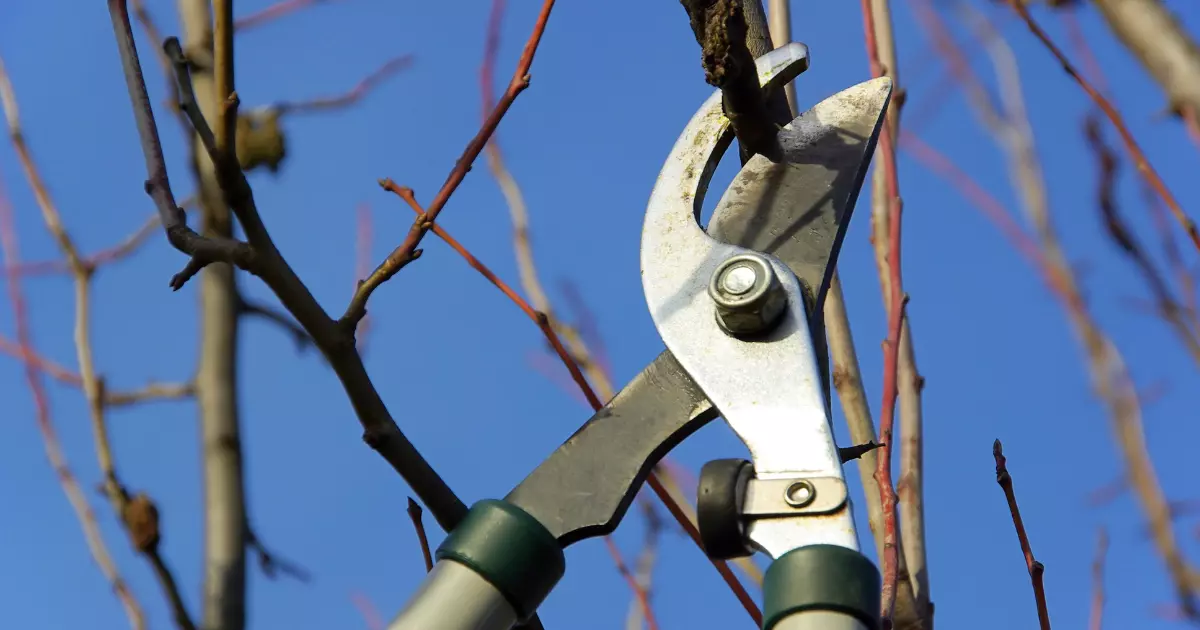
Pruning fruit trees supports healthy growth and boosts fruit production. Timing and frequency of pruning are key to maintaining tree health. Understanding each tree’s growth patterns and variety is also important.
Most fruit trees benefit from pruning in late winter to early spring. This timing helps remove dead or diseased branches, limiting infection and the spread of disease. Apple and pear trees, for example, thrive with pruning at this time, promoting strong growth and better fruit.
Late summer is also ideal for light maintenance pruning. This is especially helpful for vigorous trees. For peaches, summer pruning controls excessive shoots and reduces overcrowding.
Neglected trees may need specialized care to restore structure. Tropical and exotic varieties might also require unique pruning methods. Knowing when and how often to prune keeps your trees productive, resulting in larger and more plentiful yields.
What are The Key Techniques for Effective Fruit Tree Pruning?
Fruit tree pruning is essential for maintaining tree health and productivity. It uses techniques to shape the tree, improve fruit quality, and boost growth. Learning the best methods helps gardeners increase yields and extend the life of their trees.
Below, we’ll cover key pruning techniques. Each section highlights unique benefits and includes practical tips for effective pruning.
Heading Cuts
Heading cuts involve shortening a branch or shoot to stimulate new growth from the remaining buds. This technique works well for young trees. It encourages a bushier shape and boosts fruit production.
By focusing on vigorous shoots, gardeners can promote fruiting wood. This approach leads to higher yields in the future.
It’s essential to make clean cuts above a bud to encourage healthy regrowth. For optimal results, use heading cuts in late winter or early spring when trees are still dormant.
Thinning Cuts
Thinning cuts remove entire branches to improve air circulation and light within the tree canopy. This method benefits mature trees that have become overcrowded.
By removing crowded or inward-growing branches, gardeners reduce the risk of disease. This also improves fruit quality. Thinning cuts help balance the tree’s structure, resulting in stronger limbs.
When making thinning cuts, focus on branches that cross each other or grow toward the tree’s center.
Spur Pruning for Apple and Pear Trees
Spur pruning is a technique designed for pear and apple trees. It encourages fruit production on spurs—short, stubby branches that bear fruit buds. This method involves cutting back long, unproductive shoots to maintain healthy spur numbers. It also promotes vigorous growth.
By managing spur density, gardeners enhance fruit sets and improve fruit quality. Spur pruning is best done during the dormant season. This timing reduces stress on the tree, allowing spurs to thrive and produce abundant fruit in the next growing season.
Shearing and Shaping Techniques
Shearing or shaping trims the outer growth of the tree to maintain its shape and size. This method is popular for ornamental fruit trees but also works for productive ones. Regular shaping promotes a balanced structure and prevents excessive vertical growth. It also improves light exposure throughout the canopy.
However, over-shearing can reduce fruit production. It’s important to balance aesthetics with productivity.
Dormant Pruning in Late Winter/Early Spring
Dormant pruning is done in late winter or early spring when trees are not actively growing. This timing provides a clear view of the tree’s structure, making it easier to spot dead or diseased wood.
Dormant pruning also stimulates new growth as the tree enters its active phase. It is especially effective for rejuvenating older trees. This approach encourages healthier, more productive growth for the coming season.
Summer Pruning During The Growing Season
Summer pruning happens during the growing season. It has a different purpose than dormant pruning. This technique involves removing certain leaves and shoots. The goal is to control growth and improve light penetration.
Summer pruning helps keep the tree’s size and shape in check. This is especially helpful for vigorous varieties.
It also promotes fruit ripening by directing the tree’s energy. However, too much summer pruning can stress the tree. Pruning should be done carefully to avoid over-pruning.
What are The Best Practices for Fruit Tree Pruning?
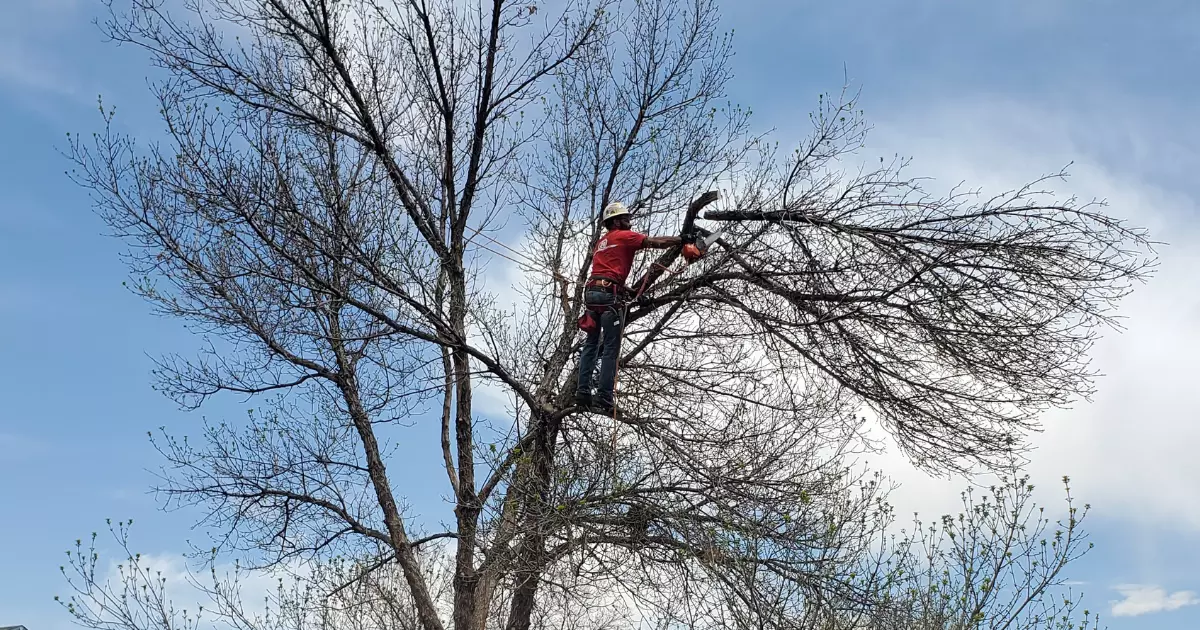
Mastering effective fruit tree pruning techniques is essential. These methods encourage healthy growth and maximize fruit yield. Pruning improves the tree’s structure, allowing better air circulation and light penetration. Both are important for fruit production. Using the right techniques helps trees thrive and produce quality fruit.
Remove Diseased Wood
One important technique in fruit tree pruning is removing diseased wood. Diseased branches can weaken the entire tree and lead to infection. Regular inspections for signs of disease, such as discoloration or dead limbs, are vital. When you find a diseased branch, cut it back to healthy wood. Be sure to disinfect your tools between cuts to prevent bacterial diseases and further contamination. This proactive approach preserves the tree’s health and encourages new growth.
Make Correct Pruning Cuts
Making correct pruning cuts is fundamental to successful fruit tree management. The types of pruning cuts affect the tree’s growth pattern and overall health. Always aim to make clean cuts just above the branch collar, where the tree can naturally heal. This minimizes the risk of decay and encourages the growth of new shoots.
Familiarize yourself with different cutting techniques, like heading and thinning cuts. These methods help ensure your cuts promote strong growth. They also maintain the tree’s natural shape.
Manage Lateral and Vertical Growth
Effectively managing lateral and vertical growth is essential for tree balance. Lateral branches should grow horizontally. This orientation supports better fruit production.
In contrast, vertical branches often compete for light and resources. Strategic pruning helps control this growth. It allows the tree to focus energy on strong, fruiting branches.
A well-structured canopy improves light exposure and air circulation. This leads to better fruit quality.
Thin Out Crowded Branches
Thinning crowded branches is another key technique for effective pruning. Overcrowding limits airflow and light penetration. This can lead to poor fruit set and a higher risk of disease.
When thinning, remove weaker or poorly positioned branches. This creates a more open and healthy structure.
Aim for a balanced arrangement that allows light to reach all parts of the tree. This practice improves the tree’s health and encourages larger, better-quality fruit.
Compare Heading and Thinning Cuts
Understanding the difference between heading and thinning cuts is essential for effective pruning. Heading cuts involve shortening a branch to encourage new growth. Thinning cuts, on the other hand, remove entire branches to reduce density.
Each method serves a unique purpose. Heading cuts encourage new shoots for fruit production. Thinning cuts create an open canopy. Using both techniques strategically improves the tree’s structure and health. This approach also promotes abundant fruiting.
Encourage Strong Branch Angles
Encouraging strong branch structure and optimal angles is essential for long-term tree health. Proper branch angles prevent breakage under the weight of fruit. They also ensure good light exposure.
When pruning, focus on building a strong limb structure. Remove weak or overly upright branches to support the tree’s stability and growth. Aim for branches that grow at wide angles. These are more resilient and conducive to fruit production. Careful attention to branch strength leads to healthier trees and improved fruit yields.
What are The Fruit Tree Pruning Methods Tailored to Different Fruit Tree Types?
Understanding specific pruning methods for each type of fruit tree is essential. This knowledge helps maximize fruit yield and supports healthy growth. Each variety, like apple, pear, plum, and peach tree, has its own growth patterns and needs.
This guide covers key techniques for different fruit trees. It highlights how these methods contribute to optimal fruit production and tree health.
Single Leader Method for Apples and Pears
The single-leader method works especially well for apples and pears. This technique promotes a central trunk as the main leader, encouraging vertical growth and a strong structure.
When pruning, focus on maintaining a single leader tree. Remove any competing branches to reduce crowding. This approach increases light penetration and air circulation. Both are essential for developing flower buds.
Regularly check the tree to ensure side branches grow at optimal angles. This promotes stability and supports fruitful yields. Avoid leaving trees unpruned, as larger, unchecked branches can overshadow the tree’s health.
Natural Shape for Stone Fruits
Stone fruit trees, like peaches, plums, and cherries, do well with natural shape pruning. This technique maintains the tree’s natural growth habit. Selectively remove branches to boost fruit production.
Focus on thinning crowded branches and encouraging lateral growth. This improves light access and air circulation. It also reduces the risk of disease and infection spread.
Retaining the tree’s natural shape supports fruit development on spurs. Spurs are essential for producing abundant harvests.
Light Pruning for Citrus Trees
Citrus trees benefit from light pruning to maintain their shape and health. This method involves removing dead and broken branches selectively. It also helps manage the tree’s overall density. Unlike more vigorous fruit trees, citrus trees thrive when pruned minimally.
This approach allows for a natural fruit set and prevents stress on the tree. Regular light maintenance promotes healthy growth while ensuring fruit quality remains high.
Heavy Pruning for Vigorous Varieties Like Peaches
Heavy pruning is essential for vigorous varieties, like peaches. These trees can easily become overgrown and unmanageable.
This method involves cutting back excess growth to promote new fruiting wood. Heavy pruning is usually done in late winter or early spring, right before the growing season.
Focus on removing older wood. Maintain a balance of new shoots to boost fruit production. This technique helps control the tree’s size and encourages healthier, larger fruit.
Central Leader Method for Managing Tree Structure
The central leader method is essential for managing apple and pear tree growth. This technique establishes a single, strong trunk, guiding the tree to grow upward. It ensures maximum light exposure for all branches.
When applying this method, remove any competing leaders. Focus on maintaining a clear central structure. This encourages flower bud development and boosts fruit production.
Regularly check the lowest branches. Ensure they are well-spaced to avoid overcrowding and promote healthier growth.
Specialized Pruning for Tropical and Exotic Trees
Tropical and exotic trees often need specialized pruning techniques. These methods may include crown reduction or specific shaping to suit their structure.
Research the specific needs of each tree species, such as chestnut and other nut trees. Some may have different flowering and fruiting habits. Customizing your pruning approach for these trees keeps them healthy and productive. This is effective even across various climates.
What are The 5 Powerful Secrets to Fruit Tree Pruning?
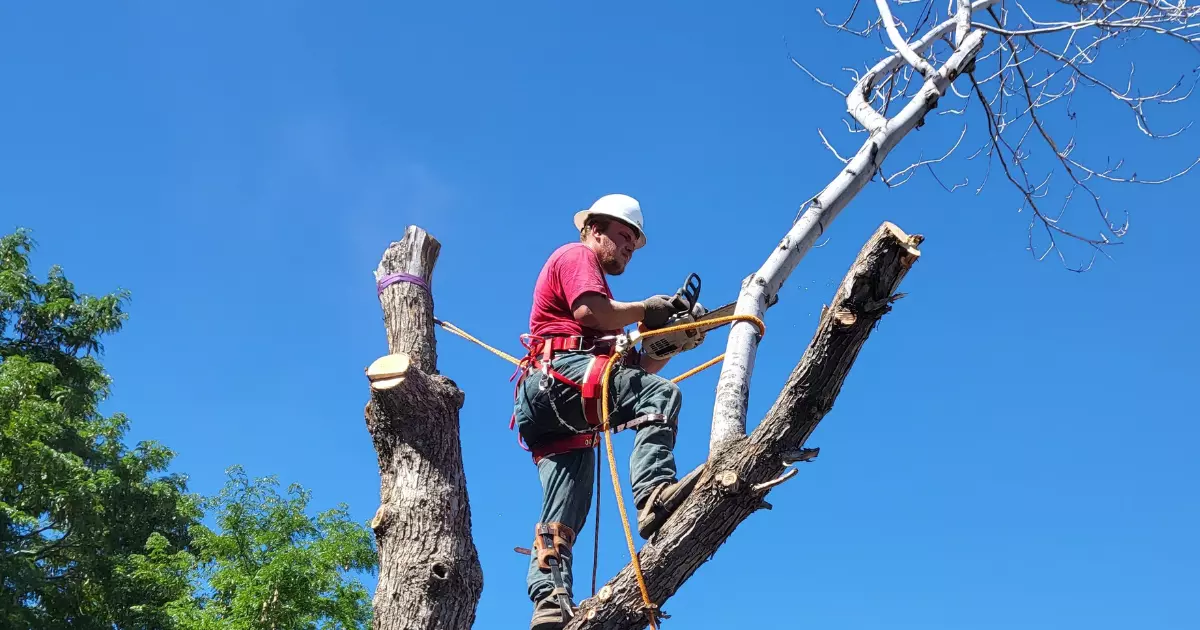
Mastering fruit tree pruning requires learning key techniques. These methods boost your tree’s health and productivity. They encourage better growth and lead to a higher-quality harvest.
By applying these strategies, you can grow thriving fruit trees. This approach ensures bountiful produce year after year.
Secret #1: Prune During the Dormant Season
Pruning during the dormant season is crucial for fruit trees. This typically occurs in late winter or early spring before new growth begins. Cutting back branches during dormancy minimizes stress and potential damage. This timing supports vigorous growth as the tree awakens, which boosts fruit production.
Dormant pruning also makes it easier to spot dead or diseased wood. This helps maintain a strong, healthy structure.
Secret #2: Use Summer Pruning to Control Growth
Summer pruning is an effective way to manage tree growth and boost fruit production. This technique involves light pruning during the growing season to control size and shape. Removing excess growth redirects the tree’s energy toward fruiting rather than foliage.
This method works especially well for vigorous varieties, like large cherry trees. It helps maintain an ideal canopy density, improving light exposure and air circulation. By doing so, you can enhance fruit quality and yield, ensuring a bountiful harvest.
Secret #3: Remove Diseased Wood First
Addressing diseased wood promptly is essential for maintaining overall tree health. When pruning, start by removing branches that show signs of disease, like discoloration or decay. Eliminating these sections reduces the risk of disease spreading to healthy parts of the tree.
Removing dead limbs also improves air circulation and light penetration. This further enhances the tree’s vitality.
Secret #4: Improve Light Penetration
Ensuring adequate light penetration is vital for fruit production. When pruning, focus on thinning crowded branches. Shape the canopy to allow sunlight into the inner parts of the tree.
This promotes healthy fruit development. It also reduces the risk of fungal diseases from excess moisture. Strategic cuts enhance the tree’s structure. They ensure all branches receive adequate light throughout the growing season.
Secret #5: Make Clean Cuts for Faster Healing
Making clean cuts is fundamental to successful pruning. Utilizing sharp, quality tools ensures that cuts are smooth, which minimizes damage to the tree. Clean cuts promote faster healing, reducing the risk of infection or disease. When pruning, aim for cuts at a slight angle, just above a bud or lateral branch.
This technique promotes healthy growth and supports effective healing. It allows your tree to thrive.
What are The Common Mistakes to Avoid in Fruit Tree Pruning?
Effective fruit tree pruning requires skill and knowledge. Even minor mistakes can have significant long-term effects on your trees. Recognizing common errors helps you avoid pitfalls that can harm the health and productivity of your fruit trees.
By being aware of these issues, you can ensure your pruning efforts yield the best results. This promotes a flourishing garden filled with healthy, bountiful fruit.
Excessive or Heavy Pruning
One of the most frequent mistakes in fruit tree pruning is over pruning or heavy pruning. This occurs when too many branches are removed at once, leading to shock and stress for the tree. Excessive pruning can inhibit growth, reduce fruit production, and even result in long-term damage.
Prune judiciously, focusing on maintaining the tree’s natural shape. Remove only what is necessary. Strive for a balanced approach that promotes healthy growth and maintains the tree’s overall structure.
Disregard for Proper Branch Angles
Another common mistake is neglecting the importance of branch angles during pruning. Branches should ideally grow at wide angles to provide strength and stability. If branches grow too upright or at narrow angles, they may be more prone to breakage under the weight of fruit.
When pruning, pay attention to the angles of branches and make cuts that encourage outward growth. This not only enhances the tree’s stability but also promotes better light penetration and air circulation.
Use of Low-Quality Tools
Using poor-quality or dull tools is a significant oversight that can lead to ineffective pruning. Dull tools can create jagged cuts, which can harm the tree and increase the risk of disease. Always invest in high-quality, sharp pruning shears and saws. Clean and disinfect your tools before use to prevent the spread of pathogens.
By ensuring you have the right tools, you can make clean cuts that promote quicker healing and overall tree health.
Incorrect Timing for Pruning
Timing is crucial in fruit tree pruning, and making cuts at the wrong time can lead to adverse effects. For instance, pruning during active growth periods can stress the tree and lead to excessive sap loss. The best practice is to prune during the dormant season when trees can recover more effectively.
Be aware of your specific tree types and their growth patterns to determine the optimal pruning window. This knowledge will help you avoid timing-related mistakes that can hinder fruit production.
Neglect of Crowded Upper Branches
Finally, neglecting crowded upper branches is a mistake that can harm your fruit trees. Overcrowded branches compete for light and nutrients, leading to poor fruit quality and a higher risk of disease.
During pruning, focus on thinning out these crowded branches. This enhances light penetration and air circulation within the canopy. Doing so improves overall tree health and contributes to a more abundant, higher-quality harvest.
By addressing overcrowding, you can foster a thriving fruit tree environment.
Why Should You Hire Fruit Tree Pruning Experts?
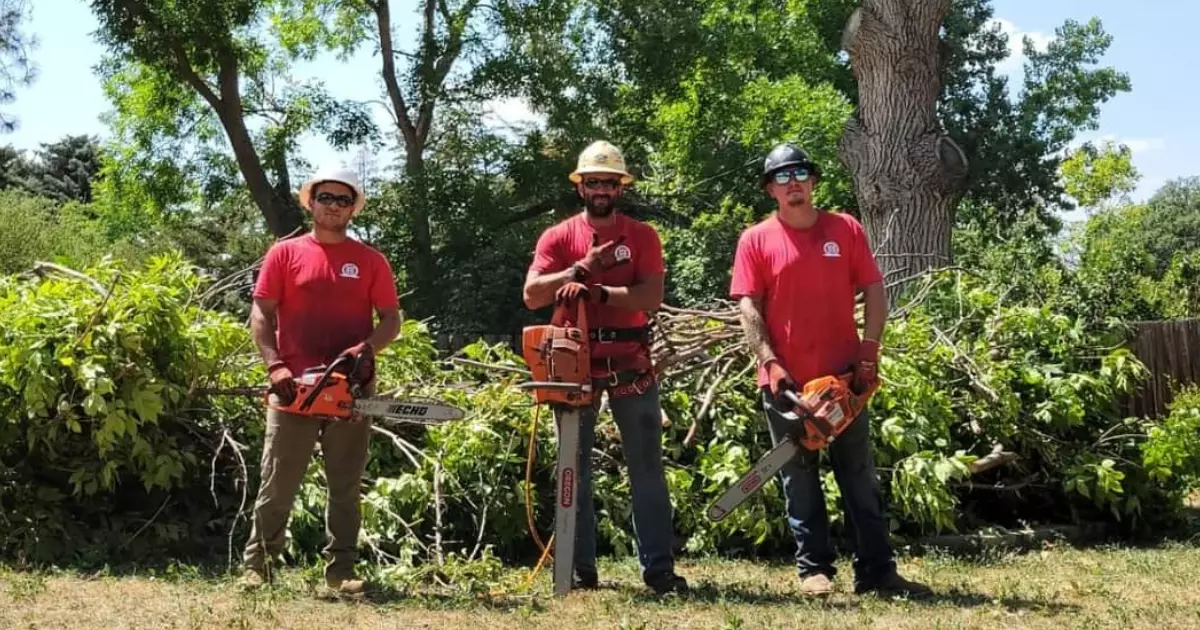
Maintaining the health and beauty of your landscape is essential. Professional tree services offer invaluable expertise. These specialists can significantly enhance the growth and longevity of your trees.
They possess the knowledge and experience to identify potential issues. They can also implement effective pruning techniques. Moreover, they ensure proper care for various types of trees. They understand the specific needs of each species.
Employing professional tree services also saves you time and effort. Pruning and caring for trees often require climbing and specialized equipment.
Additionally, it demands a thorough understanding of safe practices. By hiring experts, you protect yourself from potential injuries. You also benefit from their ability to perform tasks efficiently and effectively. Ultimately, investing in professional tree services ensures that your trees thrive. This enhances your property’s aesthetic appeal and health for years to come.
Wrapping Up
Fruit tree pruning is essential for promoting healthy growth and maximizing fruit production. Regular pruning improves air circulation and enhances light penetration. It also helps prevent diseases. These benefits lead to stronger shoots and higher-quality fruit. This ensures your trees remain vibrant and productive for years.
If you’re ready to elevate your fruit tree care, choose Precision Timber Felling. Our expert team specializes in comprehensive tree services. We use tailored pruning methods that meet the unique needs of each tree type. With our experience and commitment to quality, we ensure your trees receive the best possible care.
Don’t wait any longer to boost your fruit harvest. Contact us at +1 970-218-1620 to schedule your tree service. Let us help you achieve the thriving orchard of your dreams!
